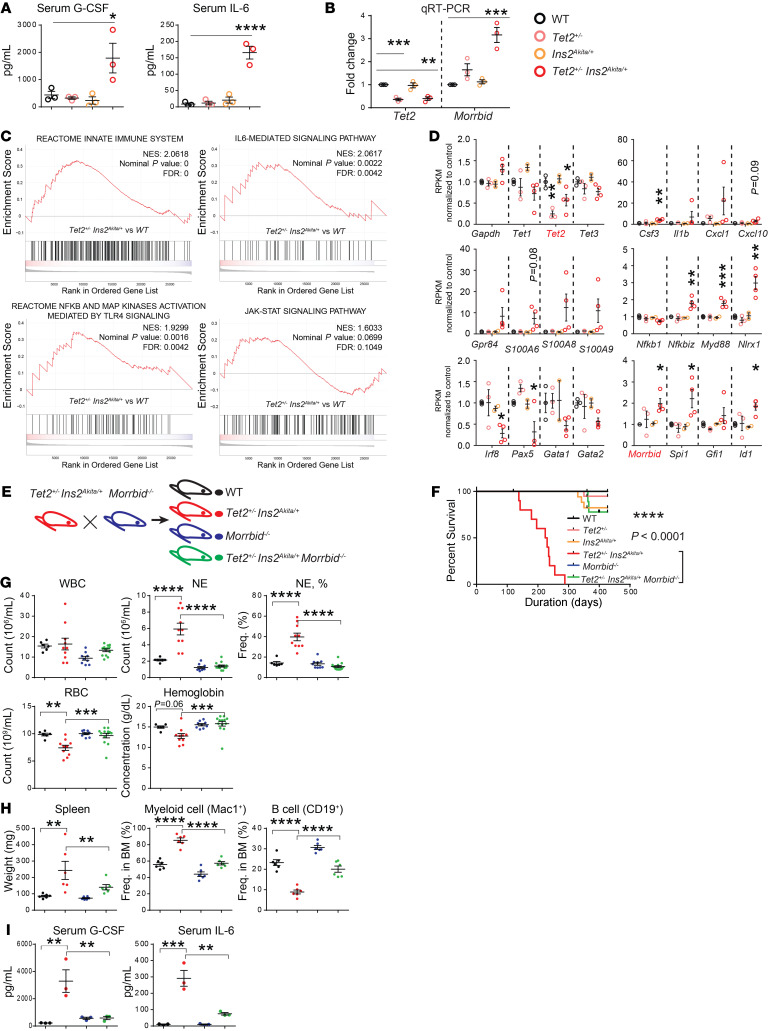Figure 2. The MPN/AML-like phenotype in compound mutants is largely driven by progressive inflammation and inflammatory cytokine–induced lncRNA Morrbid.
(A) Serological analysis of PB samples from various genotypes showed an increase in G-CSF and IL-6 in compound mutant mice. (B) qRT-PCR analysis was performed to detect the expression of Tet2 and Morrbid in lineage-negative cells from mice of various genotypes. (C) GSEA derived from RNA-Seq data set on lineage-negative BM cells from 4 groups of mice (6–8 month of age). Comparisons between Tet2+/– Ins2Akita/+ and WT revealed significant changes in the innate immune pathway, the IL-6–mediated signaling pathway, and the TLR4/NF-κB signaling pathway. In addition, the JAK/STAT pathway demonstrated a trend toward upregulation in Tet2+/– Ins2Akita/+ mice compared with WT. NES, normalized enrichment score. (D) Representative quantitative graphs of various innate immune response–related genes derived from the RNA-Seq data set, including the Bim-targeting lncRNA Morrbid (shown in the bottom right panel). (E) Schematic for the generation of triple-mutant Tet2+/– Ins2Akita/+ Morrbid–/– mice along with WT, Tet2+/– Ins2Akita/+, and Morrbid–/– controls. (F) Loss of Morrbid in compound mutants rescued the lethality associated with them compared with controls. A total of 9 mice were analyzed in the Tet2+/– Ins2Akita/+ Morrbid–/– cohort, and 10 mice in each of the other cohorts. (G) Comparison of hematological values between Tet2+/– Ins2Akita/+ Morrbid–/– and Tet2+/– Ins2Akita/+ mice. (H) Splenomegaly and an aberrant myeloid cell/B cell imbalance in compound heterozygous mutants was reversed in Tet2+/– Ins2Akita/+ Morrbid–/– mice. (I) Serum levels of G-CSF and IL-6. Mice in G–I were approximately 6–8 months old. n = 2–13 mice. *P < 0.05, **P < 0.01, ***P < 0.001, and ****P < 0.0001, by 1-way ANOVA (A, B, D, and G–I). Data in F were analyzed with GraphPad Prism 6, using the Kaplan-Meier survival package.

